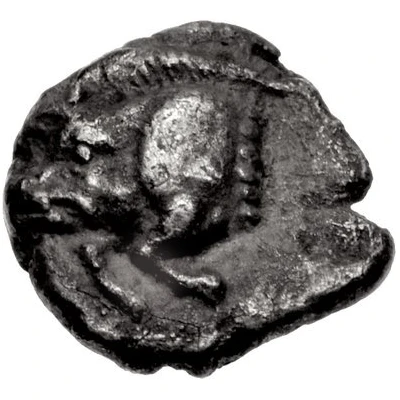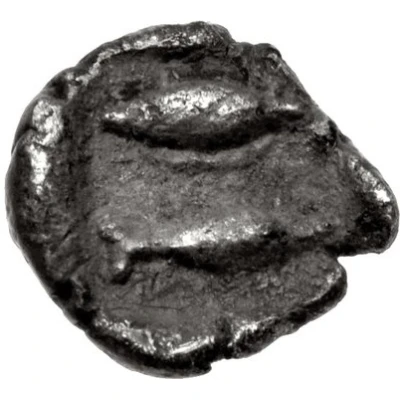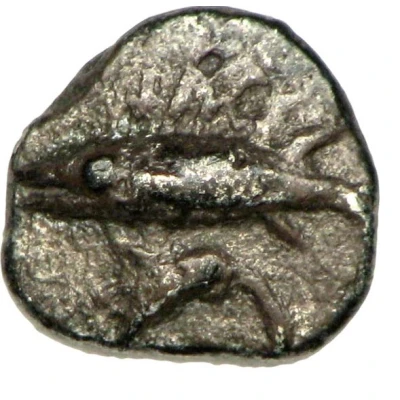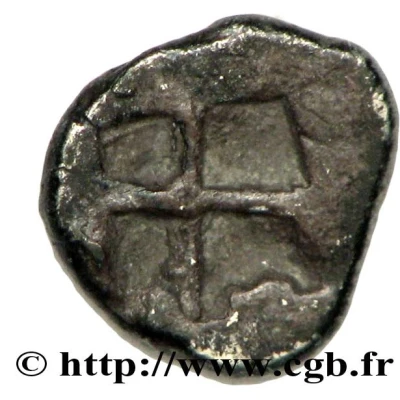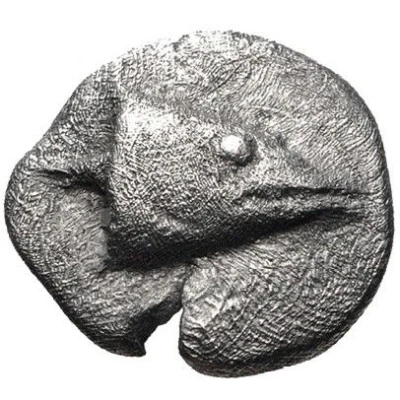
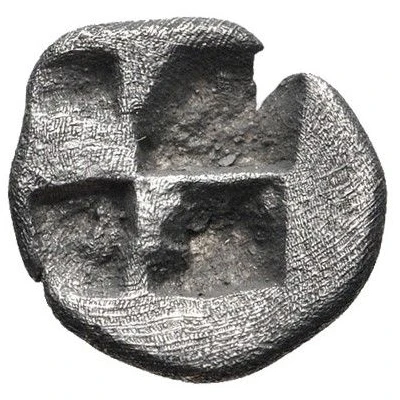

© Classical Numismatic Group, Inc.
Hemiobol 600 BC - 500 BC
| Silver | 0.50 g | 8 mm |
| Issuer | Kyzikos (Mysia) |
|---|---|
| Period | City administration (600 BC - 1 AD) |
| Type | Standard circulation coin |
| Years | 600 BC - 500 BC |
| Value | Hemiobol (1⁄12) |
| Currency | Drachm (500-27BC) |
| Composition | Silver |
| Weight | 0.50 g |
| Diameter | 8 mm |
| Shape | Round (irregular) |
| Technique | Hammered, Incuse |
| Demonetized | Yes |
| Updated | 2024-10-10 |
| Numista | N#367184 |
|---|---|
| Rarity index | 95% |
Reverse
Quadripartite incuse square
Interesting fact
The Hemiobol coin was used as a form of currency in ancient Greece, specifically in the city of Kyzikos (Mysia) during the 6th and 5th centuries BC. The coin was made of silver and weighed approximately 0.50 grams, which was a significant amount for a coin at that time. Despite its small size, the Hemiobol was widely used for trade and commerce, and its value was equivalent to half of a standard drachma, which was the main currency unit in ancient Greece. The Hemiobol coin features an image of a mythical creature called a griffin, which was a symbol of protection and strength in ancient Greek culture. Today, the Hemiobol coin is considered a rare and valuable collector's item, and it provides a fascinating glimpse into the economic and cultural practices of ancient Greece.
